Strength Training for Runners

Why a Runner Needs More Strength
All runners would benefit from being stronger because it:
- Increases your speed because the more strength you have the more power you can generate.
- Increases endurance because the stronger you are, the less energy it takes for all movement, leading to more energy left over.
- Decreases your chance of injury because your body can better handle the forces of running and your increased endurance means you will be able to maintain proper form before fatiguing.
Strength Training For Runners Program
I’ve already done all the work of designing a strength training for runners program.
How to Design a Strength Training Program for Runners
Days Per Week
I recommend strength training 2-3 times per week. The workouts can be done after running workouts or on days between workouts. If necessary to do this on days before workouts, try to have as much time to recover as possible for you run.
Length of Workout
Your program should designed with flexibility for you to choose anywhere between 20-60 minutes depending on your availability.
Equipment Needed
There are a lot exercises that require just youor body weight, but the more equipment you have, the more possibilities there are. I suggest some dumbbells, resistance bands and a stability ball.
What Type of Exercises?
I recommended functional, multi-body-part exercises that require balance and stability. I don’t prescribe exercises to athletes that isolate muscle groups like a body building program because sports uses muscle groups together at one time, not in isolation. My exercises use the body in ways that are natural to human movement and enhance the running motion.
How hard should You work
In order to get stronger, you need to work hard enough to achieve fatigue. It’s not good enough to just do an exercise for a certain amount of repetitions, it’s more important that you do the exercise until you get very tired or even to the point where you can’t do anymore. Anything less is just wasted time and energy.
How Heavy of a Load Should You Should Use?
You should pick a resistance (dumbbell, barbell, resistance band, body weight, etc.) for each exercise that you think you can do at least 8 repetitions, but not more than 20 repetitions. If you can’t do at least 8 reps, the resistance is too high. If you can do more than 20, the resistance is too low.
How Many Repetitions You Should Do
As I said above, you want to do as many as you can until you get very fatigued or can’t do any more. That being said, ideally you want fatigue to occur somewhere between your 8th and 20th repetition.
How Many Sets You Should Do
Once you start an exercise and stop at the point of fatigue that is considered one set, regardless of the amount of repetitions you performed. The number of sets a person should do is important, but not as important as the intensity. 1 set performed until you fatigue will give you 90% of your strength benefit. Any further sets after that are simply to squeeze out a little more strength, but usually to bring about muscle growth. Unless your goal is to increase the size of your muscles (not typically the goal of a runner), doing more than one set is optional. It is common though for someone to do 1-3 sets.
How to Put This Together Into a Strategy?
Once you choose your exercise, select a starting weight that you think you can move at least 8 times, but not more than 20. Perform the exercise until you can’t do anymore (or at least, get very tired). Make note of the resistance you used and the number of repetitions you performed. If the number of repetitions was less than 8, use a lower resistance next time. If the number was higher than 20, you need to use more resistance next time. If the repetitions fell in the desired range, use the same resistance next time.
How to Progress
Each time you exercise, try to outperform the number of repetitions you did previously. This is possible because you will gradually get stronger and stronger. Once your number of repetitions exceeds 20, increase the load at your next workout. This is the element that most people overlook and the key to getting stronger.
Strength Training For Runners Program
I’ve already done all the work of designing a strength training for runners program.
How to Choose the Exercises
I recommend choosing exercises from the various groups in order to get a balanced workout.
Power Movements
These are a group of exercises that require power in order to perform them. This is important because power is necessary in running. These exercises work the fast twitch muscles of your lower body. They should be the first exercise in the workout because it’s important to do power exercise while you are fresh. Doing these exercises when you are fatigued will not bring about the proper training effect. Power movement include exercises such as
- Squat Jumps
- Medicine Ball Squat Push
- Step Up Jump
- Split Jump
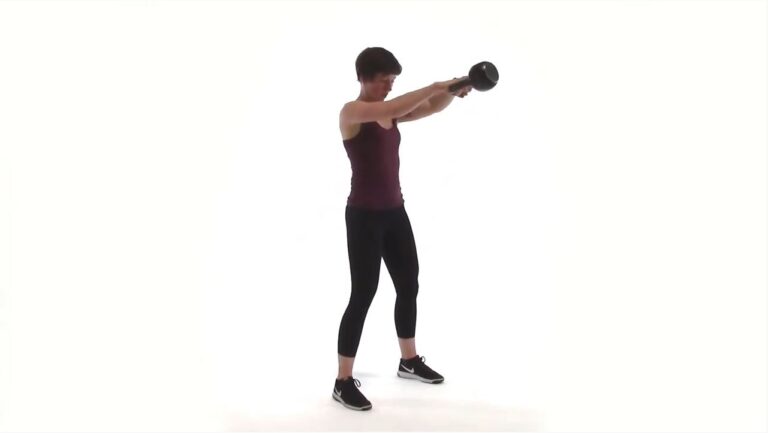
Upper Body Pushing Movements
These exercises are to help strengthen half of the upper body muscles, but mostly they strengthen your core to not move as your arms swing forward while running. Check out How To Run Properly to learn why this is important. Examples of these exercises are:
- Push ups
- TRX push ups
- Overhead press
- Punching
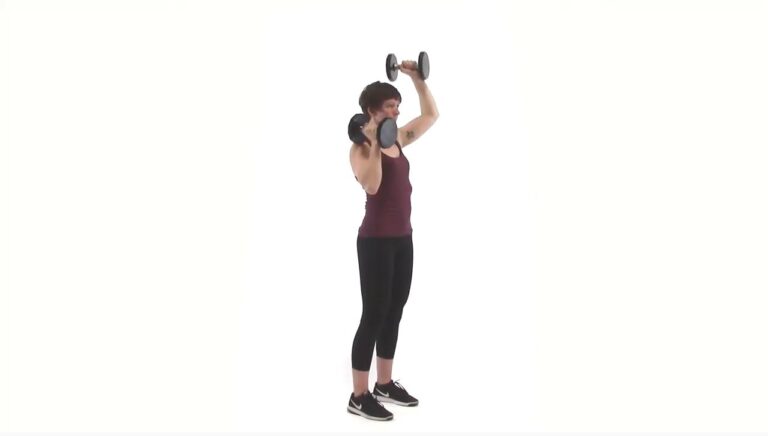
Lower Body Pushing Movements
This group strengthens the muscles that help you get forward propulsion as you push off the ground. Examples of these exercises are:
- Squats
- Step ups
- Lunges
- 1 leg squat
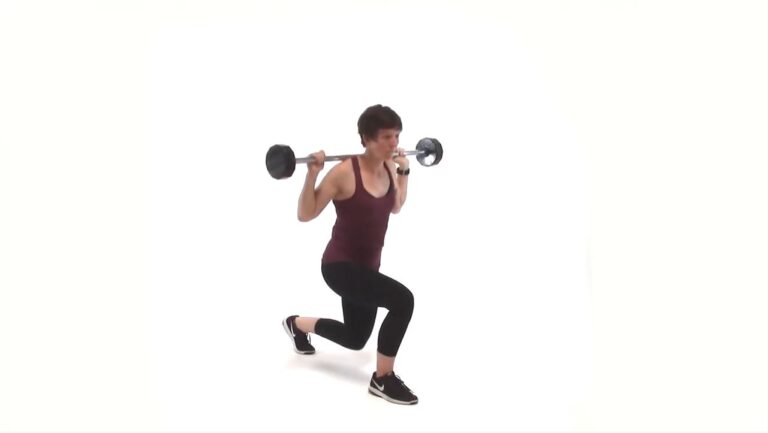
Upper Body Pulling Movements
These exercises are to help strengthen the other half of your upper body muscles, but mostly they strengthen your core to not move as your arm is swinging back while running. Check out How To Run Properly to learn why this is important. Examples of these exercises are:
- Pull Ups
- Rowing
- Cable Rows
- 1 Arm Dumbbell Rows
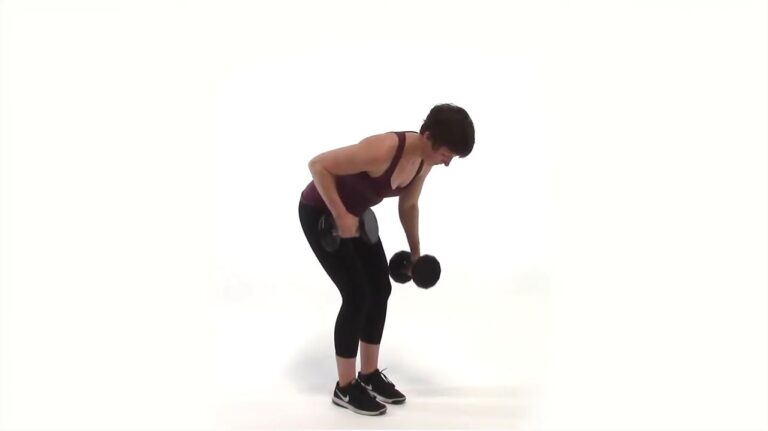
Lower Body Pulling Movements
These exercises strengthen the muscles that help you push back against the ground when your foot strikes. They also help you drive your knee up when you need to accelerate. Examples of these exercises are:
- Glute bridges
- Ankle strap pulls
- Stability Ball hamstring roll outs

Stability and Running Specific Movements
These are exercises that are designed specifically with running in mind. They strengthen muscles that are unique to the needs of a runner. Examples of these exercises are:
- Resistance Band Running Arms
- Resistance Band Hip Strengthening
- Toes Raises
- Calf Raises
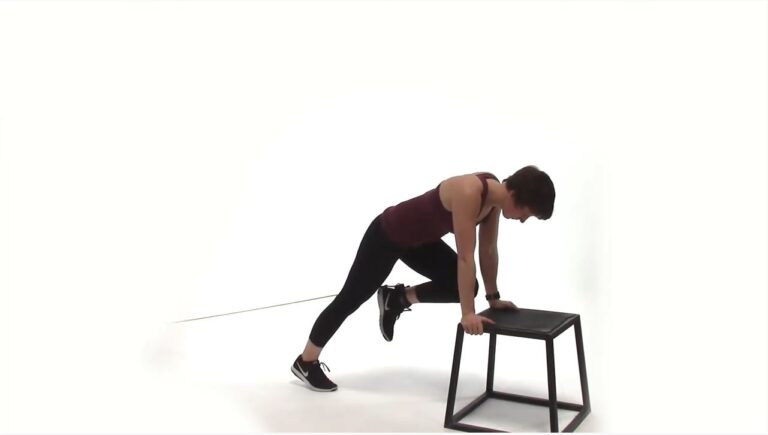
Core Focused Movements
I actually believe you will get all the core strengthening you need if you do the other exercise properly, but people always want more core exercises. These exercises are designed to strengthen your trunk so it will not move while you run. Learn more about that in How To Run Properly.
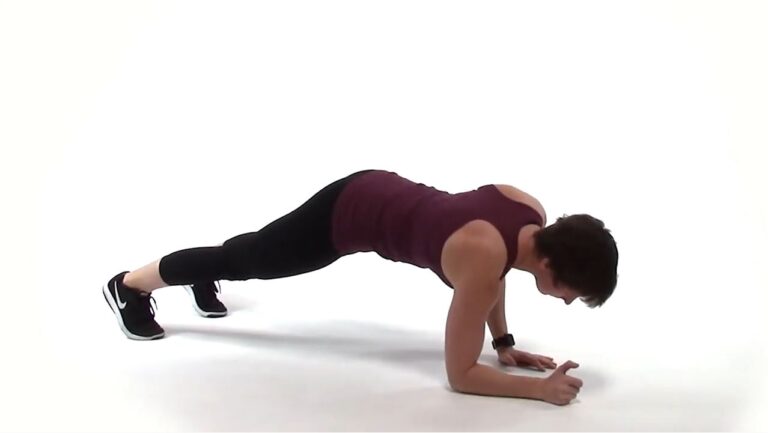
Strength Training For Runners Program
I’ve already done all the work of designing a strength training for runners program.
About the Author
I’m so glad you are reading this article because strength training for runners is vitally important but is too often overlooked. The fact that you have taken the time to research this topic says a lot about you as a person and athlete and I want to honor that by giving you the best information possible. I have been a running coach for over 30 years. I’m a master’s degreed sports performance specialist and a level 2 coach with USA track and field. I have coached over a thousand runners and to date have coached 20 state champions. Through the years, I have amassed a wealth of information and would hate to let it all go to waste when I’m gone, so I’m passing my knowledge on to help as many runners and coaches as I can.
